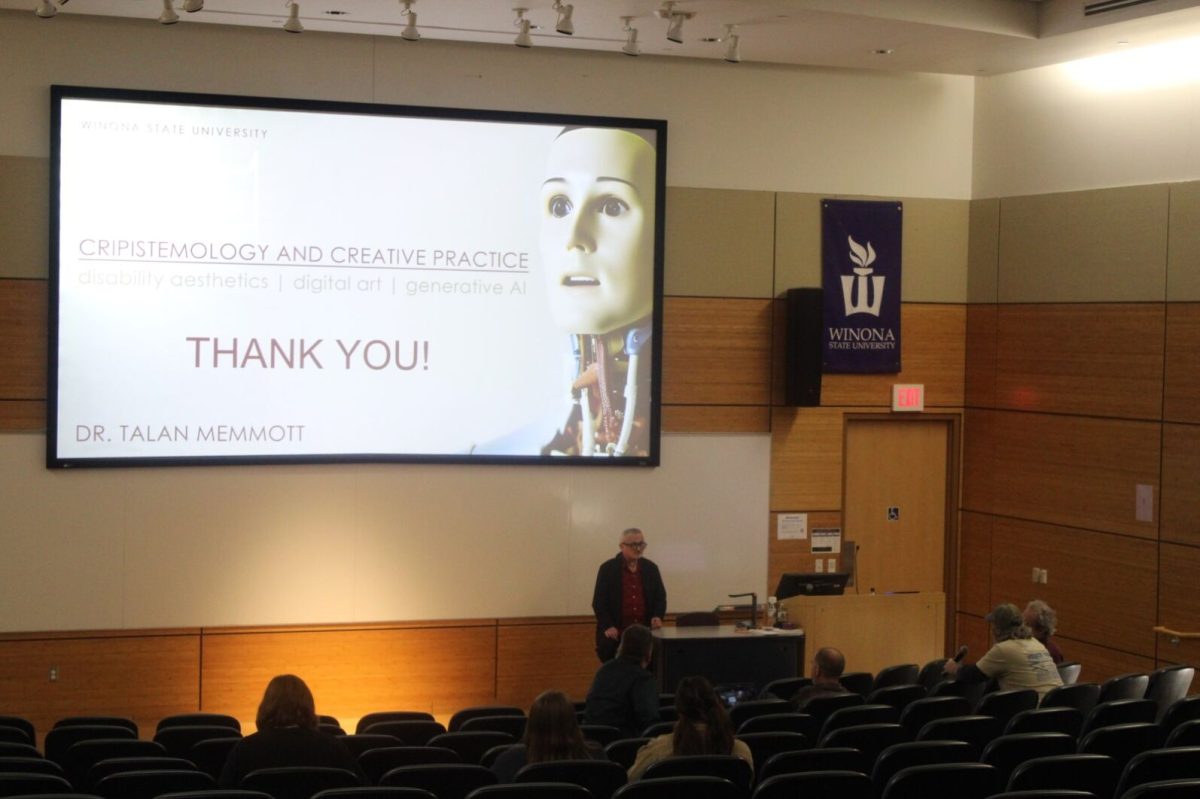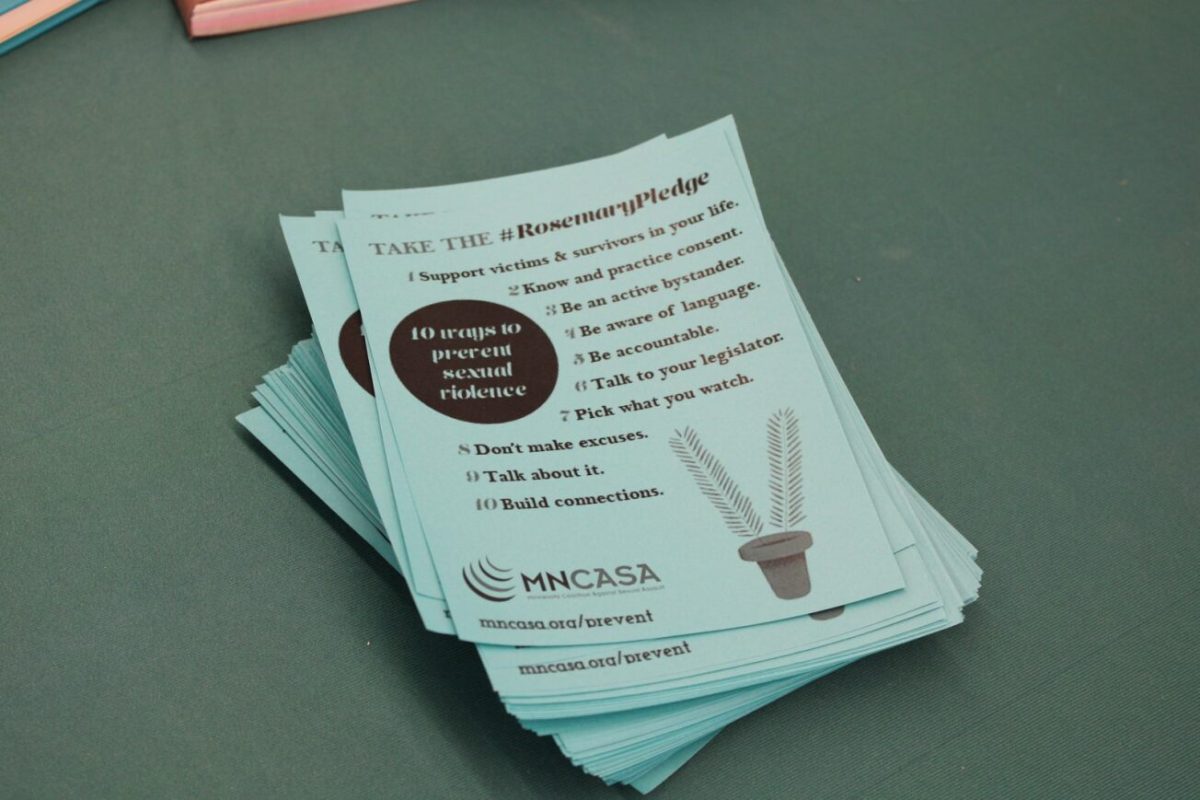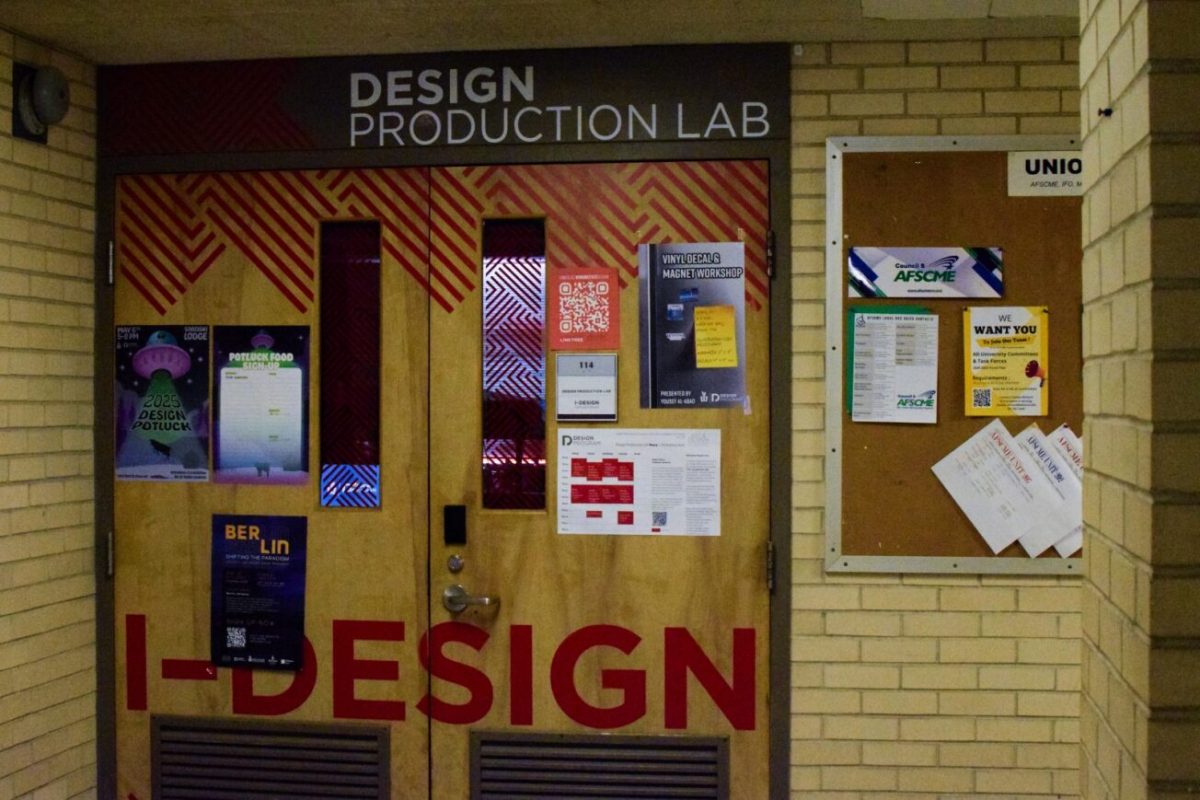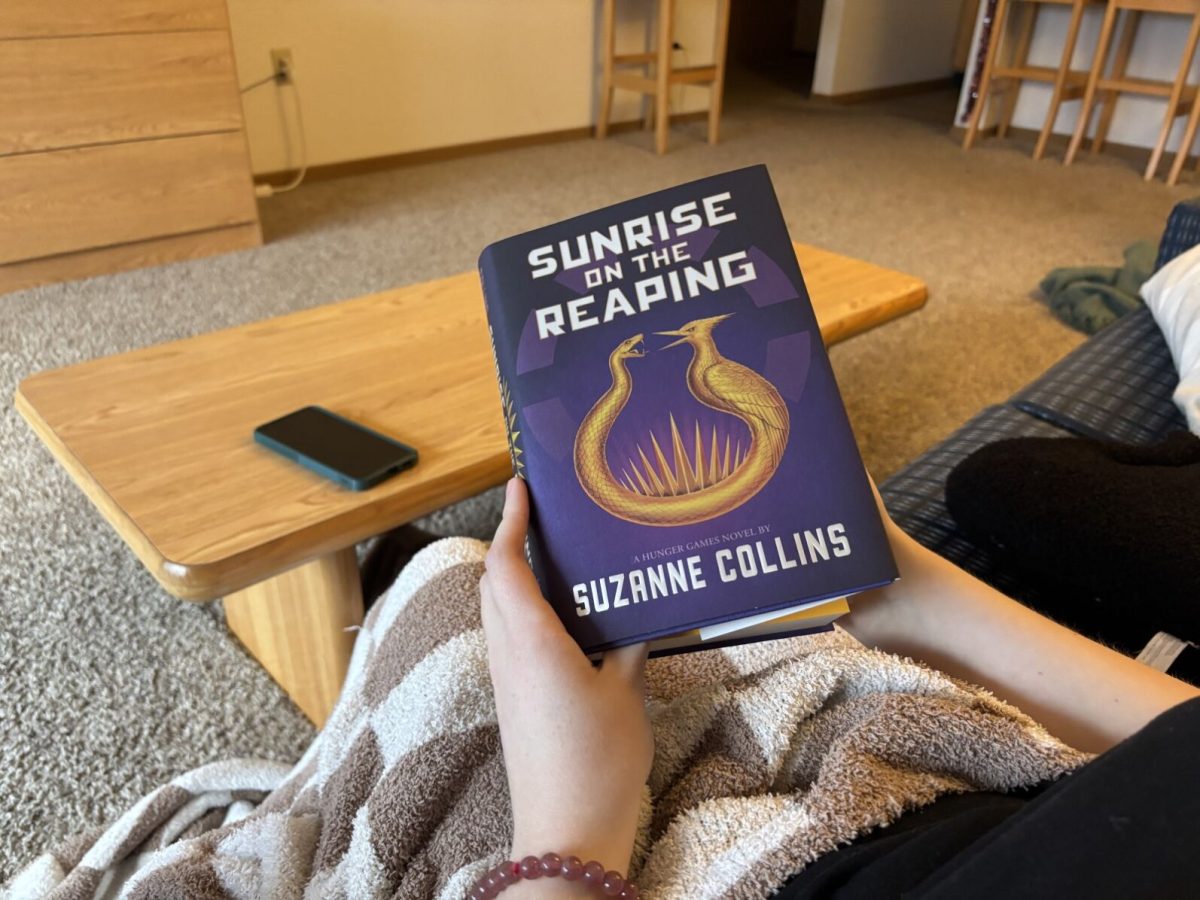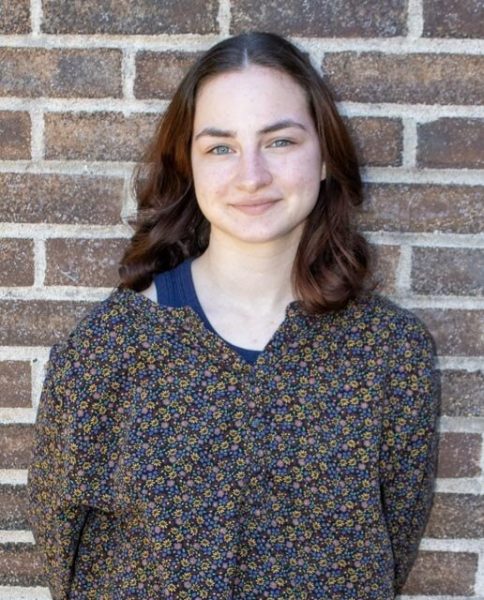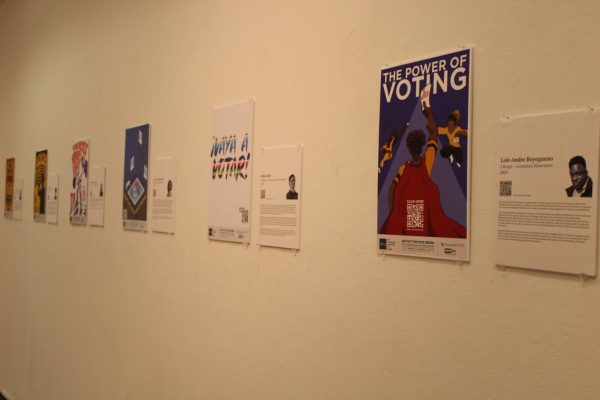
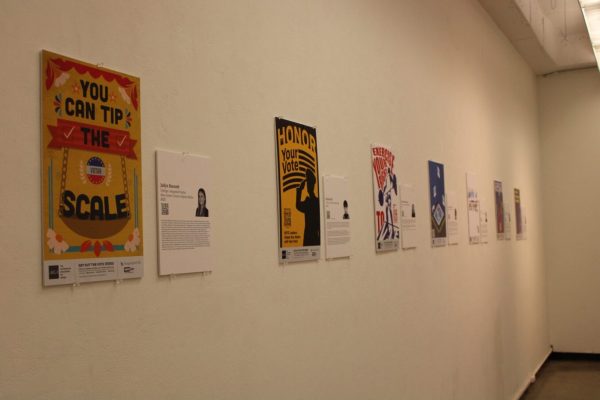
In the excitement of getting people to vote in the presidential election, I-Design students created a series of posters to encourage others and specific demographics to get out and vote in this year’s community and presidential election. These posters are on display and lining the walls of Watkins Hall room 203.
The student’s posters were created as a part of The Professional Association for Design’s “Design for Democracy.” In “Design for Democracy,” students aim to create eye-catching infographic posters that focus on specific cultural and social groups to bolster their civic engagement in the upcoming election.
The posters that line the room take on different aspirations from the different demographics they are supposed to encourage. Many took inspiration from their communities and the different social justice movements. Posters could be seen with bright, bold and captivating colors, fonts and pictures to draw the attention of their target audiences.
A poster, created by Kaia Peterson, focused on encouraging Indigenous mothers into civic engagement and included connections to Indigenous social justice organizations in its design by invoking colors from Nick Alan’s and Kelsey Mata’s project, “No More Stolen Sisters.” This poster, along with many others in the collection, includes a QR code on the bottom, which takes viewers to the Winona County page to find more information on where to vote and how to register.
Another poster, by Loïc-Andre Boyogueno, features three young Black and African American superheroes. The poster has a cartoony essence that speaks to the younger generations who are newly able to vote in the recent elections. Boyogueno’s poster also includes a QR code that takes the viewer to the Vote411 site to check one’s ballot, voter registration, polling location and upcoming local debates.
Third-year student Maria Schwab discussed how important it is to have information about voting on campus. The need to have easily accessible information on voting is heavily important to be able to encourage more students to take a step toward finding their political voice.
“I think it’s important and that everyone should have their voice and share it. Even if it’s as simple as voting,” Schwab said. “It’s important to get minority voices in and to get all voices in from every angle.”
Another third-year student, Dana Walker, details how information on voting as civic engagement is important, especially for minorities, but that there are more ways to get involved in your community.
“I feel like there should be better involvement overall to get students to vote on campus,” Walker said. “There are so many other ways to do your civic duty and to do your duty to your community that doesn’t involve voting. You can get involved in nonprofits and grassroots organizations.”
Walker adds that it is especially important for minorities to be encouraged to be involved in civic engagement as they are often the most impacted by the election of different officials.
“I think that there just needs to be lean for people to vote or educate people on what else they can do if they don’t feel like voting, and they don’t feel like their country is doing enough for them.”
The push to get students, minorities, and others involved in voting has been an important subject for a long time. Even though voting can be seen as a huge event to voters, there are many other ways that you can get involved civically to contribute to your community. This can be done through getting involved in local non-profits, grassroots and city councils, and even making a political poster to advocate for others to vote.





























